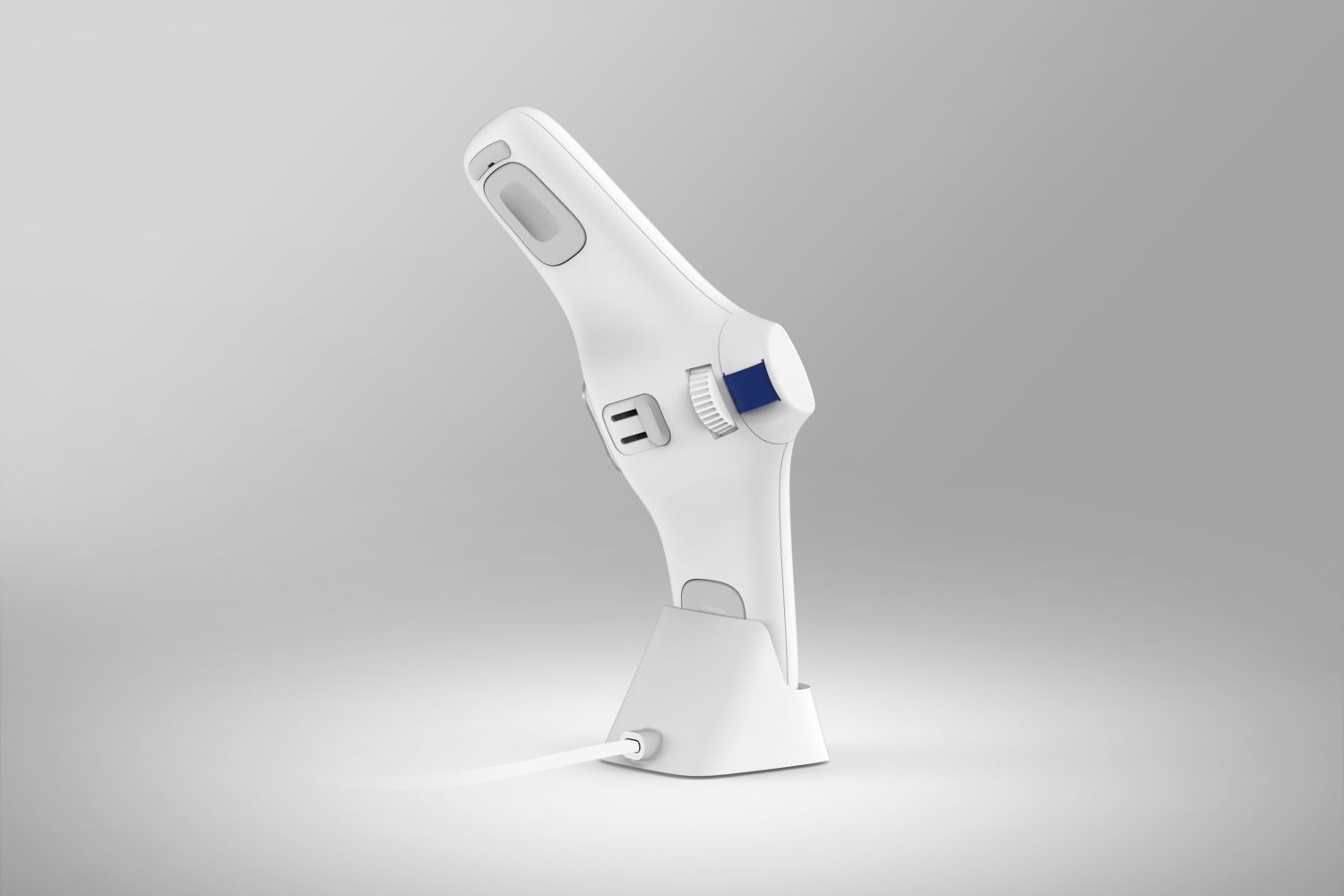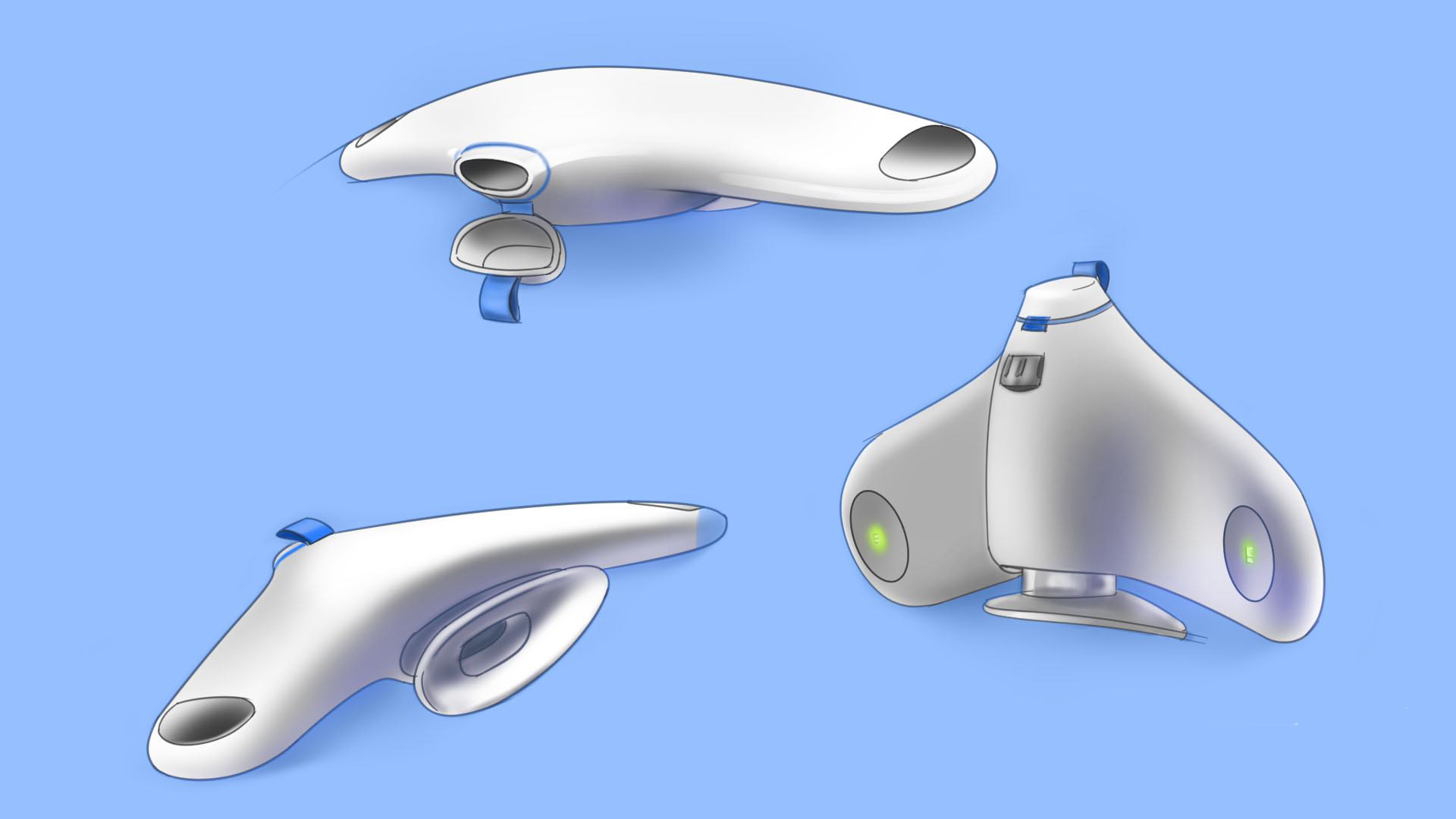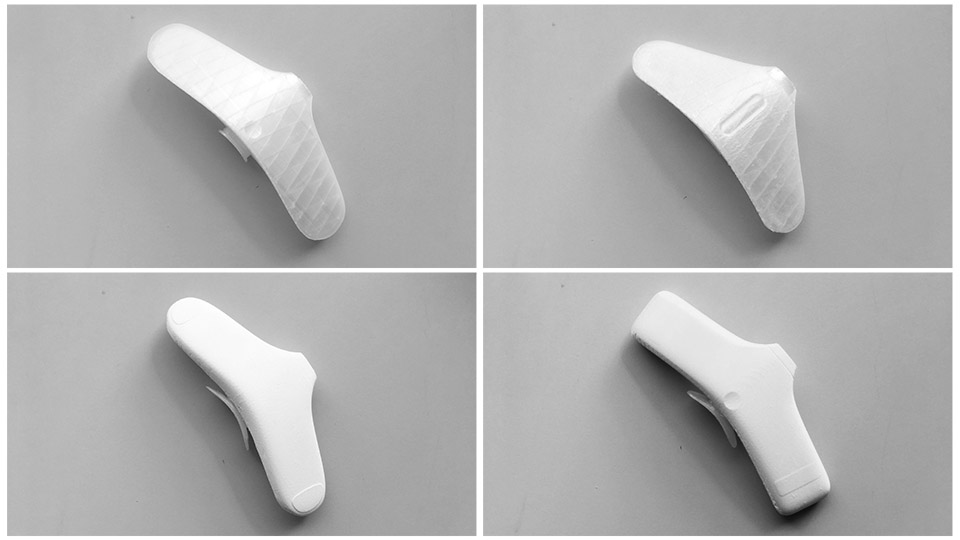Background
What's COPD:
Chronic Obstructive Pulmonary Disease (COPD) refers to a collection of lung diseases that result in breathing difficulties.
Because of the impairment of lungs, only part of air could be exchanged. It leads to shortness of breath and CO2 retention.
Scale of the problem
It resulted in 3.2 million deaths in 2015 accounting for 6% of all deaths globally. The number of deaths is projected to increase further in coming decades.
Managing COPD
COPD is not reversible or curable, but the symptoms are treatable and its progression can be delayed by managing COPD.
Research
For obtaining first-hand info on this project, I interviewed people related to this area. They are patients, therapists, physicians, research scientists and designers, have personal experiences on COPD, clinical medicine knowledge, and a holistic view on the industry.
THE PROBLEM WITH COPD MANAGEMENT
EXISTING PRODUCTS
These products are designed to provide an adjustable load to users' breathing. Many of these were developed at last century. The often reported problems about them are: bulky, noisy and clinical looking.
DESIGN OPPORTUNITY
Offering them an approach to
intuitively learn, understand and master
breathing techniques.
Providing a low threshold path to help them
build the habit
of taking breathing exercise regularly.
Integrating a vital signs monitoring system to keep the exercise safe and collect data for analysis and prognosis.
Concept development
RAPID PROTOTYPING
At the very early stage, I built a variety of structures and ideas by LEGO blocks and cardboard. It allowed me to simulate possible user scenarios.
FORM LANGUAGE
I tried to communicate a positive emotion by following 3 key points: Harmonious, Comfortable and the Philips product language.
INTERACTIVE PROTOTYPES
The main purpose of its interaction design was to create an easily understandable and motivational exercise program which encourage users to learn and practice. In this phase, I focused on the on-device guidance and the augmented feedback, which works as intuitive hints for users to use the device and adopt the individualized breathing rhythm.







TESTING
Tested these interactive prototypes and physical mock-ups, which helped to evaluate and improve design.
MOCK-UPS MAKING
During the process, I made a series of mock-ups by 3D printing. They were used for design evaluation, structure test and exhibition.
RESULT
175 million people suffering from COPD and its prime symptom - shortness of breath. emBreath is a portable healthcare device providing sufferers with a safe and motivational breathing exercise program, which could help them regain control and confidence to their breath.
CONCEPT VIDEO
KEY FEATURES
With multimodal interaction, users can learn and practice breathing exercises intuitively.
The device integrates visual, auditory and haptic feedback to help users understand their breathing rhythm and performance. With the visualized breathing flow and the ‘metronome', users could perceive the rhythm. After each breath, the device will play a short phrase ending according to the breath and preset goal.
With lights and sounds, users could easily set up the pressure load.
The form of emBreath is self explanatory. When the user holds its wings, his/her upper body leans forward and the chest opens naturally, then the body is in a proper physical stance for better breathing.
Through arranged steps, it helps users to build a habit of practicing breathing exercise regularly.
As emBreath can relief the shortness of breath, and with its portable ergonomic design, users will carry it more often in daily life.
Because the duration of users carry it has been extended, they get more changes to grasp the high motivation moment during a day to try 'hard things' like learning or practicing breathing exercise. Which help them to increase capability, reduce barriers, and then build the habit of training.
Visualized steps in BMAP model
emBreath collects users' vital signs to ensure a safe training and for diagnosis remotely.
Data from breathing exercises like frequency, duration, and intensity, as well as vital signs, could be transfer to data center. Through analysis these data, doctors and users could get better understanding to their condition.
Users could login through APP or website to review, add notes, and consult their therapist. The app and the website provide data through concise graphs. Users can easily find out the trend and share it to their family members and support groups.
SCENARIOS
PRODUCT DETAILS





The device came with detachable mouthpieces and filter which could be clean and reuse.
There are only foot pads touch the table when it sits.












































